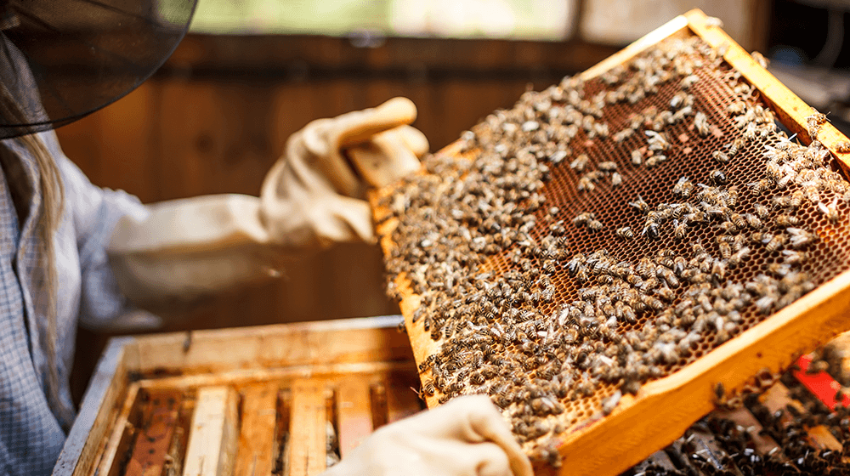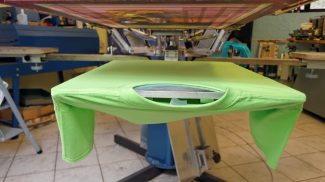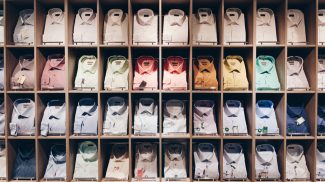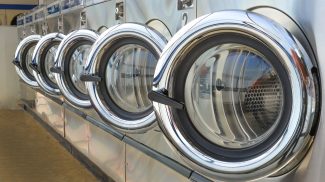Starting a beekeeping business – called Apiculture – involves simple steps.
First, you educate yourself with information on basic bee biology. How much room do you need? When are the local nectar production times?
Next, you figure out what equipment you need. It’s basic stuff. Of course, the bees and hives. Some simple tools for maintain the bee colonies. And equipment for extracting honey and other products.
Another important step? Reach out to the beekeeping community with questions. Other beekeepers have first hand data that they share with each other and newcomers.
Why You Should Start a Beekeeping Business
Beekeeping is a feel-good business. You earn money selling honey and related products. But there’s a huge bonus to all that.
Bees are globally important. There’s a reason for the phrase “busy bees”. According to data, they are responsible for pollinating about 30 percent of the plants humans need for food, and 90 percent of flowering plants.
You don’t need much room, and the equipment is basic. You can make money. If you need another good reason, here it is: beekeeping is an awesome shared educational experience for families.
How Profitable is Beekeeping?
The basic cost to get started – bees, hives, tools, a smoker, protective wear and a honey extractor – comes in under $1,000. That’s just the basic starter kit, and experienced beekeepers advise starting with no more that two hives.
One hive includes from 8 to 10 removable frames, where the bees store the honey. You can get from 30 to 40 pounds of honey per hive. Honey production varies throughout the country. The bees produce more in warmer climates.
One pound of honey can be sold for about $10, according to current information. The price of honey has doubled since 2016.
Additional ways to make money from honeybees include:
- Honeybees “livestock” – Selling bees and starter kits to novice beekeepers.
- Pollinator services – Transport your hives to an orchard, nursery or other agricultural business to help with plant pollination.
- Bee pollen – Can be dried and sold, contains proteins and amino acids. Easily collected just outside the hive entrance using special pollen traps.
- Propolis – A sticky substance bees make to seal cracks inside the hive. It has uses as a natural disinfectant.
- Beeswax – Highly sought, but the wax is not produced in big quantities. Beeswax is mostly sold by large-scale operations. The wax is used in lotions and soaps.
- Bee venom – This is in its infancy, but is being touted as a treatment for arthritis, and possibly Lyme’s. As you can imagine, collecting bee venom is challenging. And once the bee stings, it dies.
Starting a Bee Farm
Honey bees have been tended by beekeepers for hundreds of years. There are Stone Age paintings showing a beekeeper and hives.
That Stone Age beekeeper didn’t have the advantages of books and internet research, and that’s where a beginner should start. Read about bees. There are aspects of their life cycle that are amazing.
You need a basic understanding of a honeybee’s life cycle before you start. That knowledge will help you make the right choices as you fill your order cart with beekeeping supplies.
Get the Necessary Beekeeping Equipment
- Hive – There are two types, the Langstroth and the Top-Bar. The Langstroth is most common. There are stacked vertical boxes, each containing frames. The Top-Bar is a horizontal set up, which uses vertical bars. The bees make the comb and honey on the bars, which are pulled out from the top.
- Hive Tool – Like a crowbar, it’s used to separate the Langstroth hive boxes. The boxes can get stuck together from the honey drips.
- Uncapping Comb – To remove the caps from the tops of the combs. Bees lay honey in the combs and then seal each comb. This tool removes the tops without damaging the combs.
- Smokers – Used to puff smoke, to calm the bees when a beekeeper needs to access the hive.
- Protective gear – The bee suit, plus veil and gloves.
- Honey Extraction equipment – Can be hand-cranked or motorized. They come in a variety of sizes, depending on how many frames they can hold.
If you are looking for eco-friendly and high-tech beekeeping tools along with educational materials and programs, Crown Bees provides everything you need to get you going.
Order the Bees
There are 20,000 species of bees worldwide. There are more than 4,000 species in North America. Many of these are not honey bees. For example, more than half of the bee species are ground nesting bees. They aren’t honeybees, and don’t produce honey.
The most commonly used of the honey bees in the US is Apis Mellifera, or European honey bees. They can be purchased in a “Nuc” or nucleus group. They can also be purchase as an already-started hive.
You’ll find ads for bees on the internet or can find ads through your local beekeeper’s organization. Orders have various shipping specification. Shipping varies according to the number of bees ordered and the time of year.
Get your Bee Farm Licensing
Some states require a registration and inspection process.
To find out, go to your state’s Department of Agriculture website. Search under “apiary license” or “beekeeping license.”
Beekeeping for Beginners
The hive has a Queen, drones and worker bees. The drones are males, which leave the hive on mating flights, and then die. The worker bees are sterile females.
The Queen leave the hive to mate with up to 80 drones. She doesn’t need to do this again – she can store sperm in her body for five or six years!
Queens are the focal point of the hive. She leaves the hive to mate and returns to lay eggs. The bees that hatch will either be drones or workers.
Starting a Hive System
When you order bees, you’ll get a group that’s properly mixed with the queen, worker bee and drone.
Caring for Your Bees
Chores are by season. In the spring season, the bees may need supplemental feeding (pollinator cakes or cookies) because they’ve consumed all their honey over the winter. You may add an empty hive body, in case some bees look for new homes. You’ll check to make sure your queen bee is alive.
In the summer season, you can begin to harvest honey as each frame fills. You should also provide a water source. You can use a bird bath or shallow object, providing rocks or floating pieces of wood that bees can perch on while they drink.
Fall season is harvest time, leaving enough honey for bee to eat over the winter. Begin to feed your honey bees colony as soon as flowering plants are no longer available. Bees can survive the cold winter season.
Bee populations do best without a lot of disturbance. You can monitor hive activity visually.
Using Honey Extractors
Extractors use centrifugal force to remove the honey from the combs. They come in various sizes, depending on how many frames they can hold.
Before you place a frame in the extractor, you must remove the cap that the bees have put on each cell. You can use a hot knife, but the uncapping comb does the job with less damage to the comb. You can also use a flow hive beekeeping system to make the extraction process much easier.
Things to be Aware Of
The honey bees colony has a number one enemy, and it’s the Varroa mite. A bee hive can be infiltrated by many predators, including mites, beetles and wax moths. Those critters are after the content of the bees honey stores. They can also be diseases, such as American and European Foulbrood.
How much does it cost to start beekeeping?
The average cost for bees is from $125 to $200. Hives range from $2 to $500. A smoker is about $20. Protective clothing ranges from $1 to $200. Some bee company workers nix the protective clothing suit and use the head covering only.
A small hand-crank extractor may run from $115 to $160. The same size motorized extractor with various settings will start at $250.
You can stock up on everything you need to get started on a small scale for less than $1,000. Those experienced in the business advise an individual to start with two hives at your site. They advise learning the business before making an all-out investment.
What is the best time to start a hive?
The best time to start a hive is in spring, but that varies throughout the country. The best time to start is when plants are flowering or producing nectar.
Having a nectar source helps all colonies settle into a new environment, as they learn their way around during pollination efforts.
Is beekeeping hard?
A colony of bees can be fragile. Although the work is not physically hard, attention to detail is important. You must monitor your colony and react quickly to any signs of trouble.
An entire colony can be wiped out by predators or disease.
How many acres do you need for beekeeping?
A hive stack should have an open area around it, at least 7 feet all around. You can fence the area to keep away curious pets, or wild animals. If fence, take care to make sure to provide ventilation.
How much do bee farmers make a year?
Advice from those in the buzz-ness is – grow slow, reinvest the profit.
Make your own market.
In the first year, you may only clear $500 to $1,000. Within 2 or 3 years, you should clear up to $5,000. You can also generate additional income by making items from beeswax. Etsy beeswax candles are big sellers on the platform.
Image: Depositphotos








